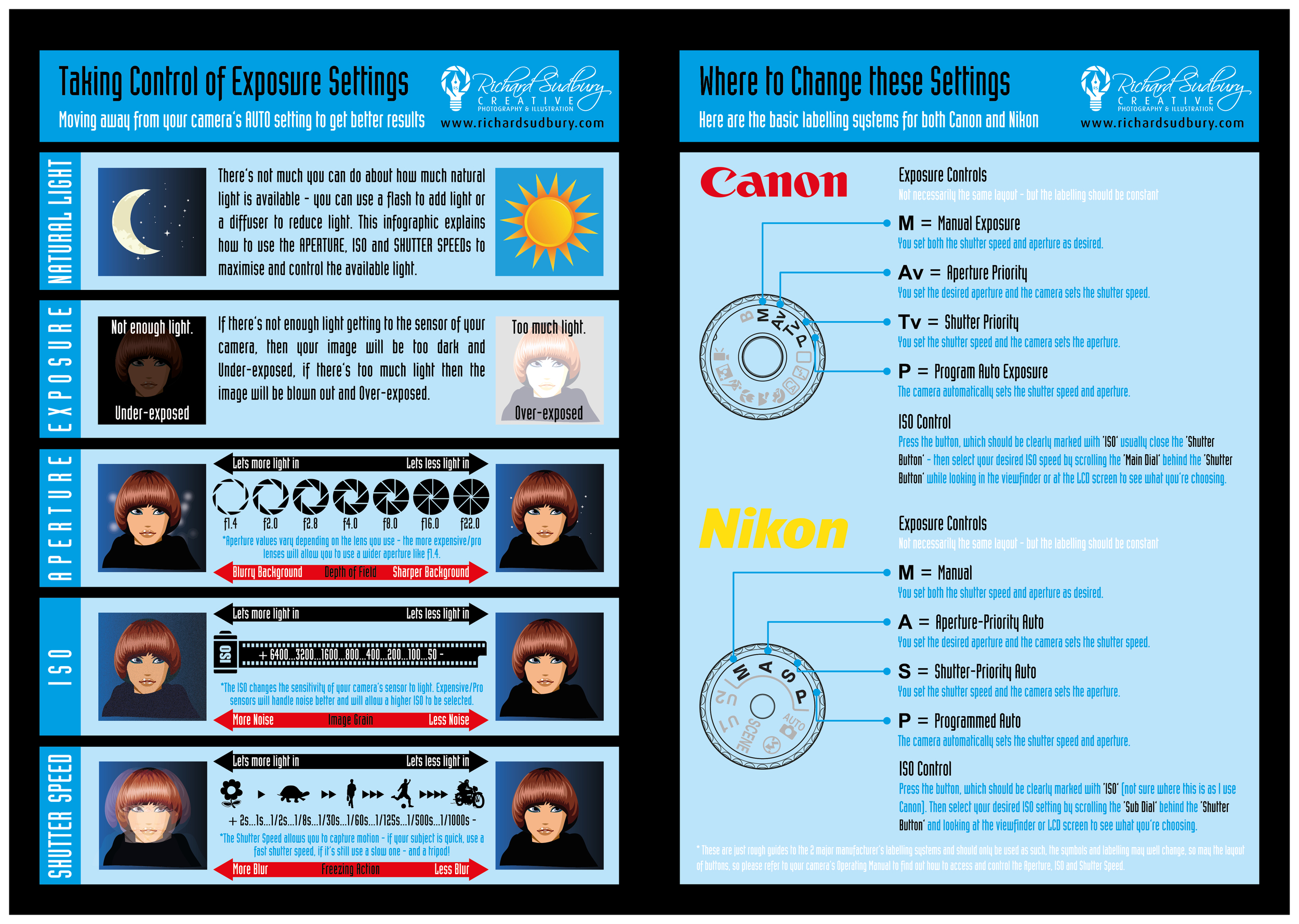Photography Tips For Beginners: Mastering Your Cam In No Time At All
Photography Tips For Beginners: Mastering Your Cam In No Time At All
Blog Article
Composed By-Ballard Didriksen
When you first pick up your camera, it can really feel overwhelming with all the settings and options offered. You may find yourself wondering exactly how to browse aperture, shutter rate, and ISO properly. Mastering these basics is critical, however there's more to photography than simply technical knowledge. Recognizing composition techniques and lights conditions can boost your images drastically. So, what happens if you could learn basic approaches to enhance your skills and start recording impressive photos sooner than you assume? Let's discover exactly how to change your digital photography journey.
Comprehending Video Camera Setups
Recognizing your camera settings is vital for catching stunning pictures. When you get your cam, familiarize yourself with the three main settings: aperture, shutter speed, and ISO. Each plays a vital duty in just how your pictures end up.
Start with aperture, which controls the quantity of light going into the lens. A bigger aperture (lower f-number) allows extra light and creates a beautiful background blur, best for portraits. On the other hand, a narrower aperture (higher f-number) keeps more of the scene in emphasis, perfect for landscapes.
Next, focus on shutter speed. This setup figures out the length of time your cam's sensing unit is exposed to light. A fast shutter speed ices up activity, which is great for action shots, while a slow-moving shutter speed can produce sensational results like smooth water in landscapes.
Finally, readjust http://dick2jon.booklikes.com/post/6564555/digital-photographers-often-neglect-vital-basics-that-can-prevent-their-growth-uncover-crucial-suggestions-to-raise-your-skills-and-avoid-usual-mistakes . This setup impacts your cam's level of sensitivity to light. A greater ISO is useful in low-light situations however can present sound or grain. Go for the lowest ISO feasible while still achieving proper direct exposure.
Composition Methods
When you're out shooting, composition can make all the difference in exactly how your photos reverberate with viewers. Begin by utilizing the regulation of thirds; imagine your structure split right into nine equal areas with 2 horizontal and 2 upright lines. Position crucial elements along these lines or at their crossways to produce balance and rate of interest.
Next, think about leading lines. These all-natural lines in your scene, like roadways or rivers, attract the visitor's eye right into the photograph, guiding them with the story you're informing.
Do not forget framing; usage components within your scene, like trees or windows, to develop a frame around your subject, adding depth and focus.
Also, watch on your background. A cluttered history can sidetrack from your primary topic, while an easy one aids it stick out.
Last but not least, explore symmetry and patterns; they can create a striking photo that captures focus.
Learning Lighting Conditions
Grasping lights conditions is essential for recording sensational photos, as the ideal light can change a regular scene into something remarkable.
Beginning by observing natural light at different times of the day. Early mornings and late afternoons supply the very best light, called the golden hour. The soft, warm tones throughout these times can improve your photos perfectly.
Do not shy away from cloudy days either; diffused light can decrease extreme shadows and develop a pleasing result, particularly for portraits.
Try out backlighting by positioning your topic against the source of light. This technique can develop a dreamy halo impact and include deepness to your photos.
Take note of your camera setups too. Change the ISO, aperture, and shutter rate to suit the lights conditions. A higher ISO can help in low light, however be cautious of grain.
Make use of a tripod in darker settings to prevent blur.
Lastly, don't neglect artificial lighting. Flash and continual lights can be excellent tools for regulating light in tough conditions.
Verdict
To conclude, grasping your video camera does not have to be frustrating. By understanding your settings, applying make-up methods, and utilizing the power of natural light, you'll swiftly elevate your digital photography skills. Remember, practice makes perfect, so venture out there and trying out your newfound understanding. With time and devotion, you'll be capturing spectacular images that show your special perspective. visit this link in the journey, and don't fail to remember to enjoy while you go to it!
